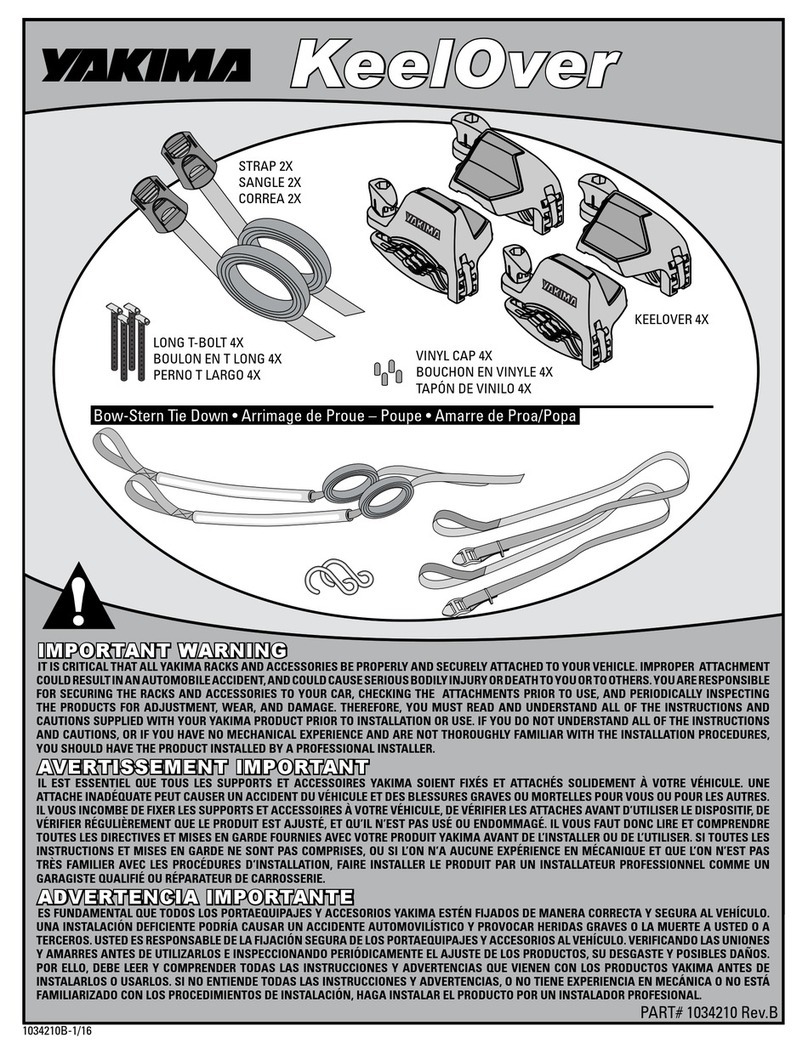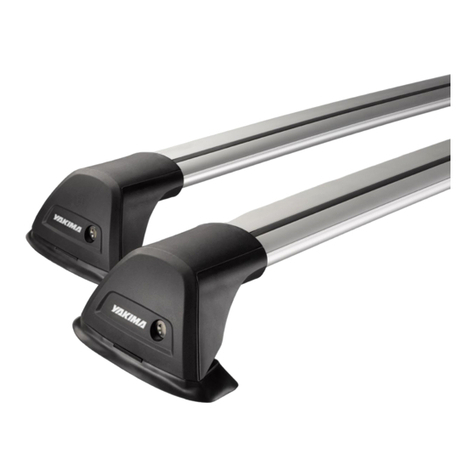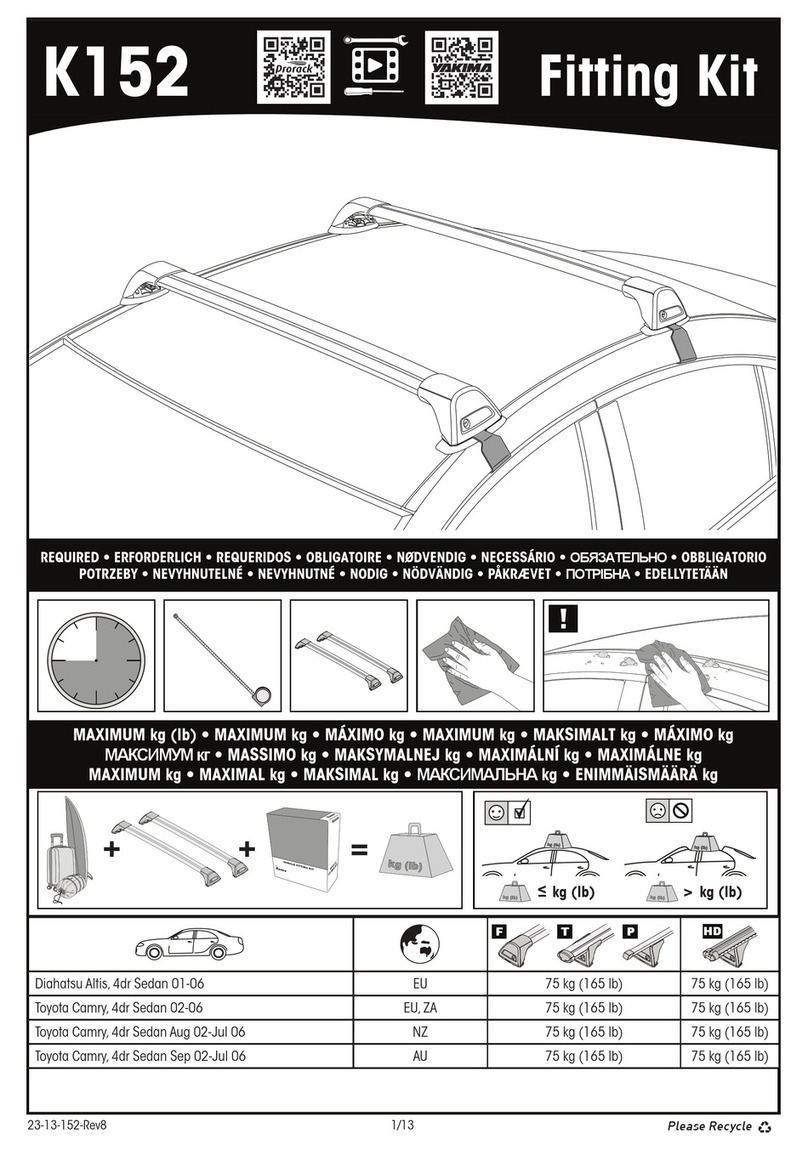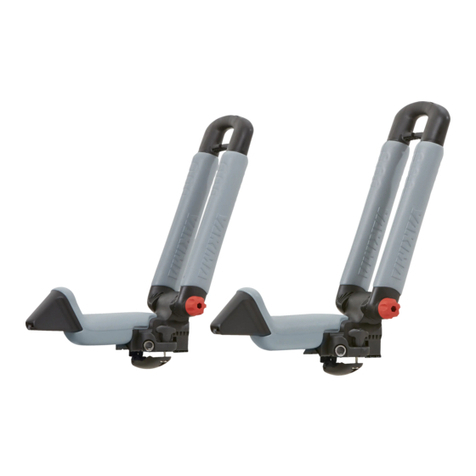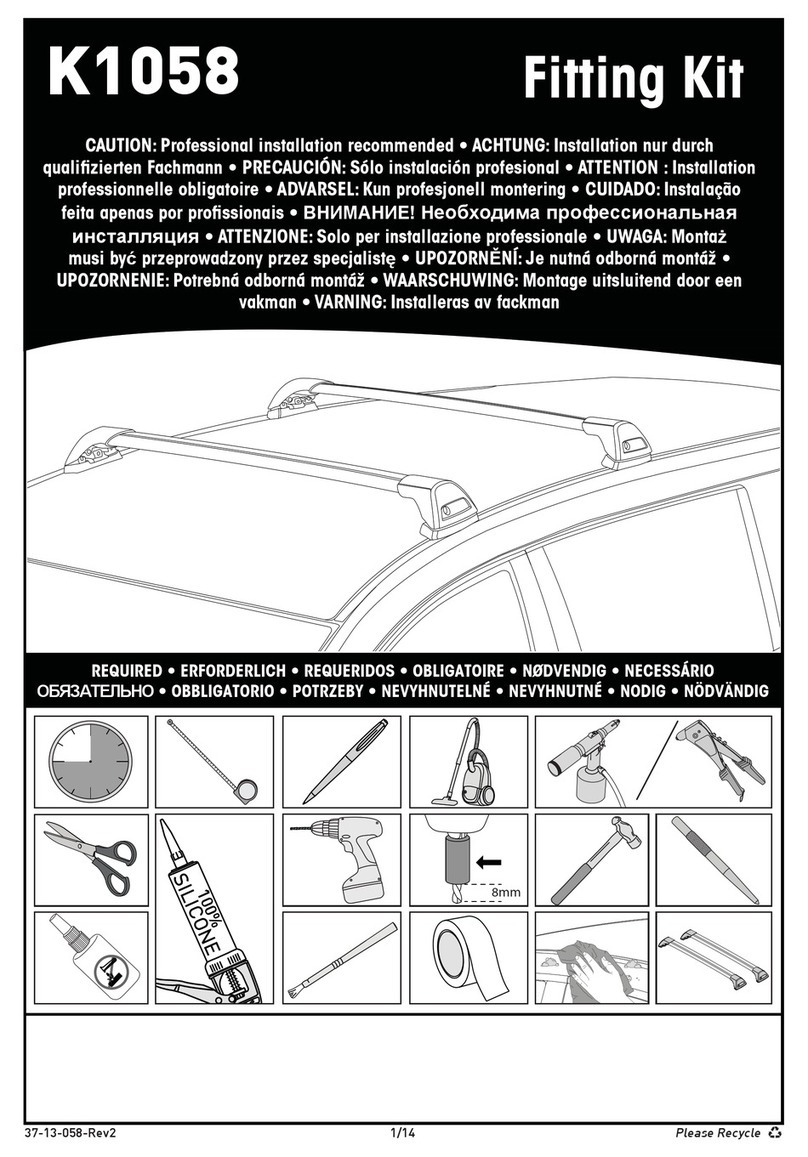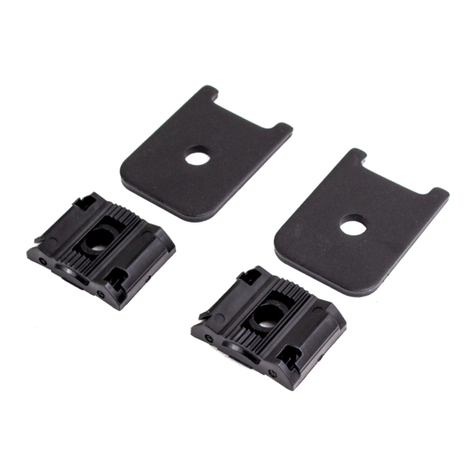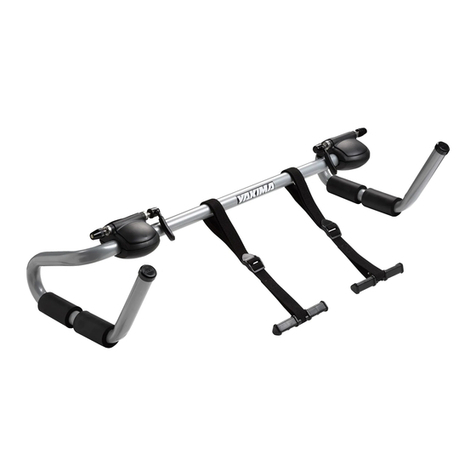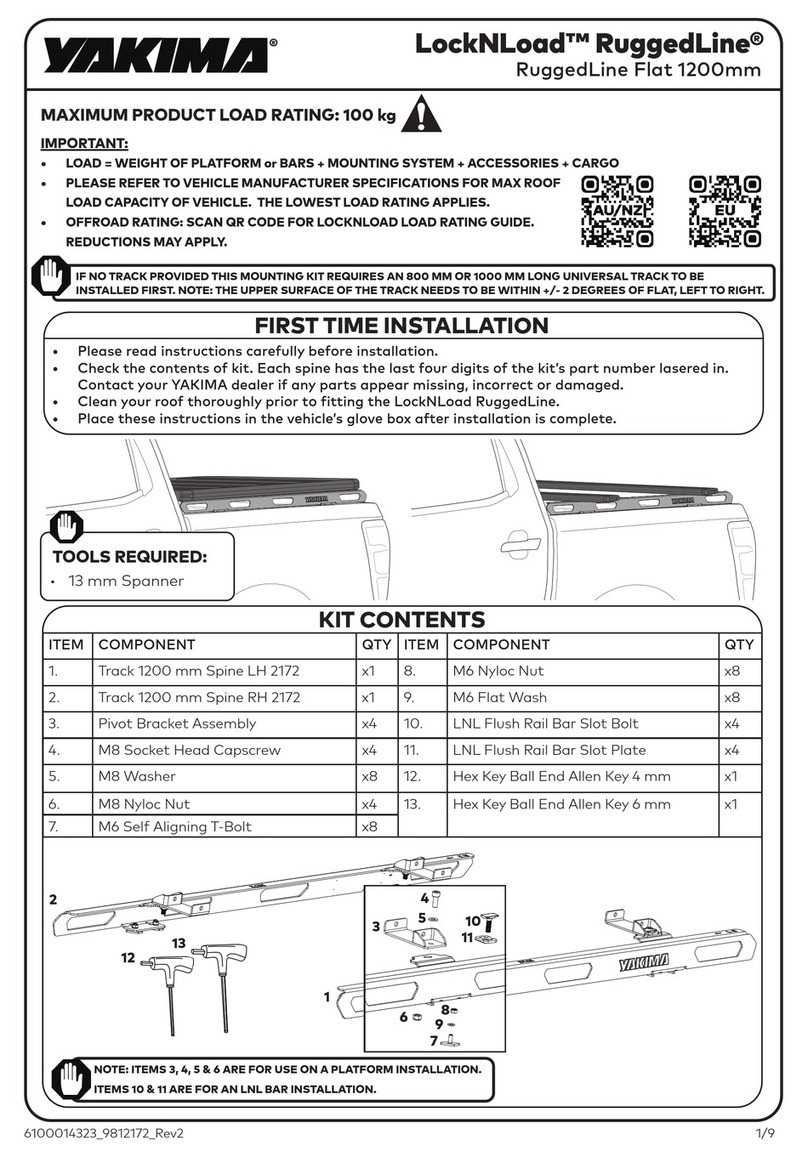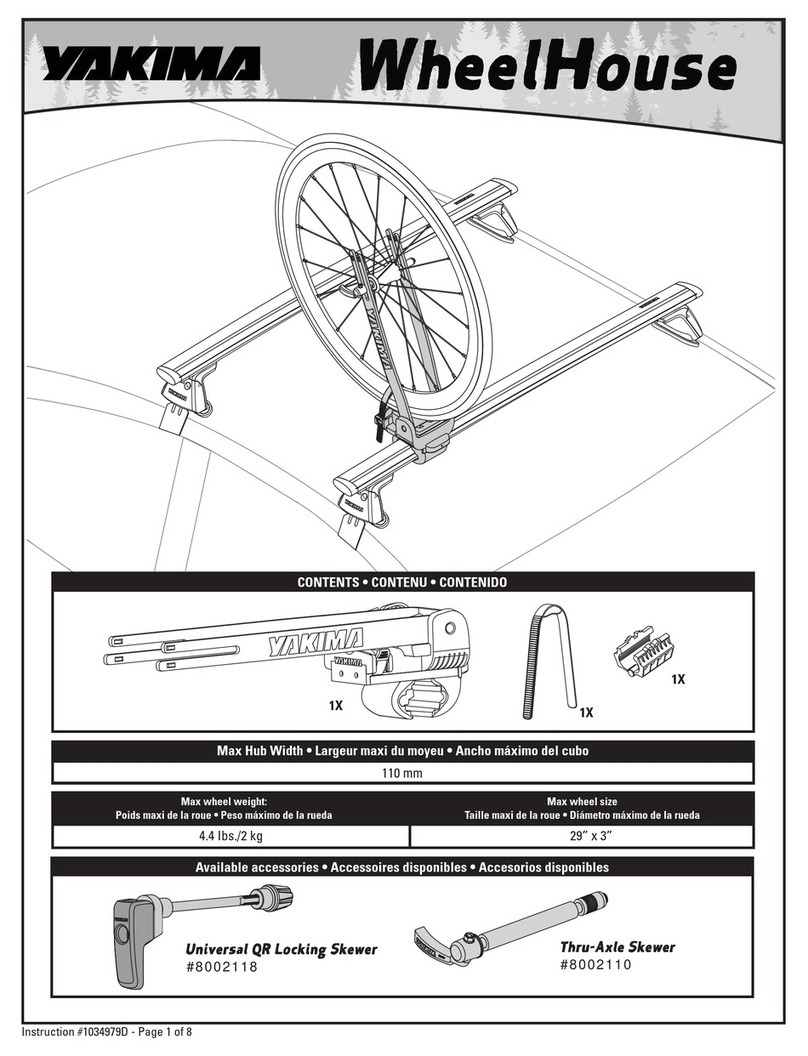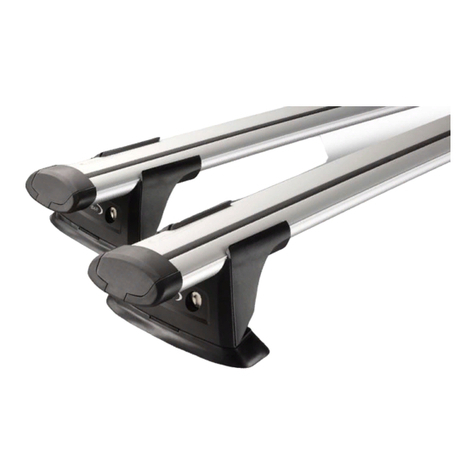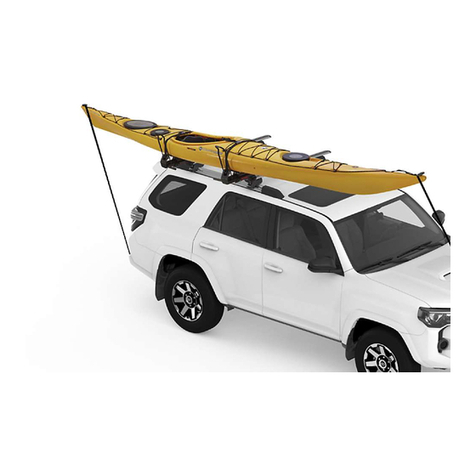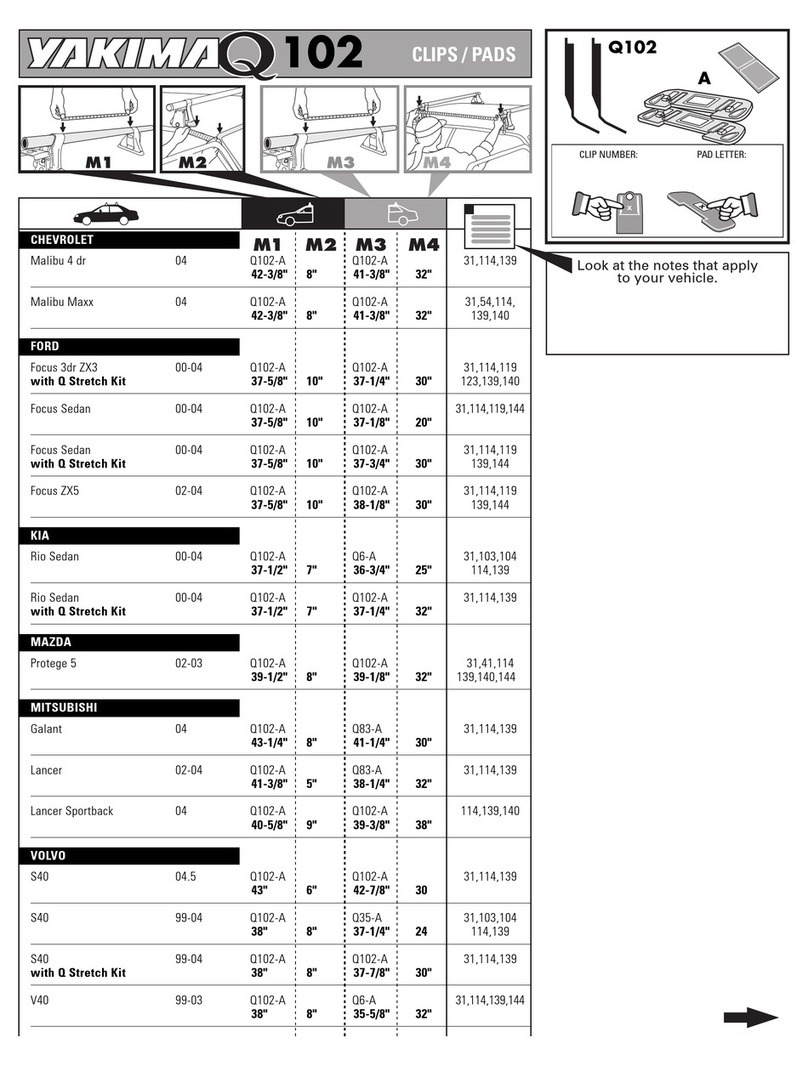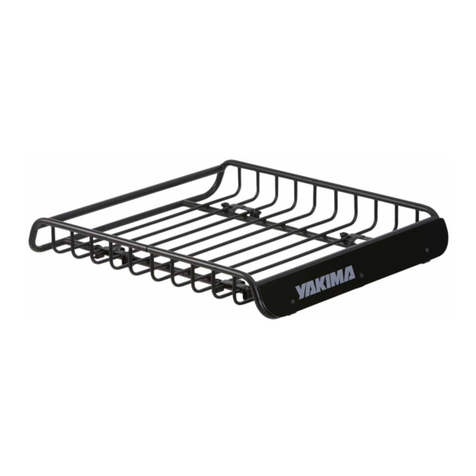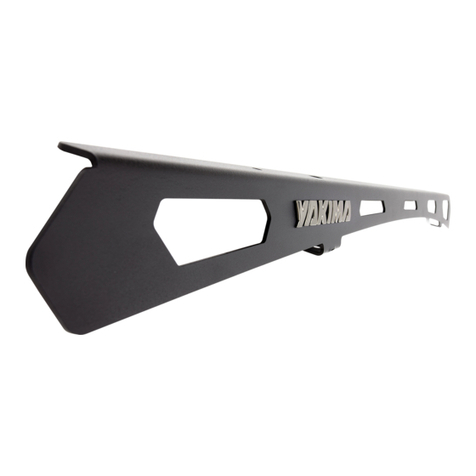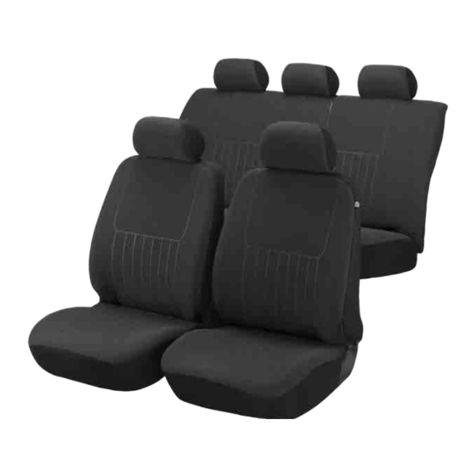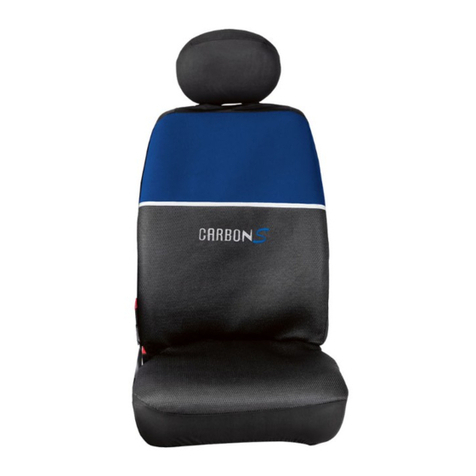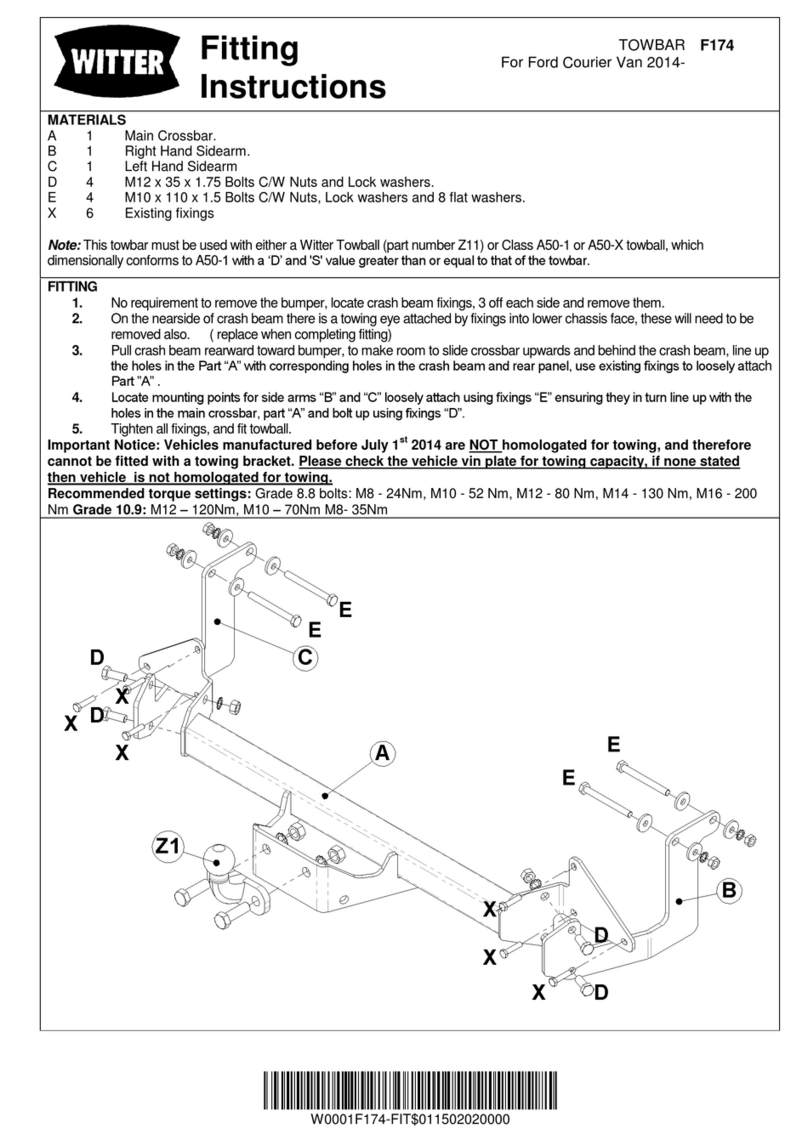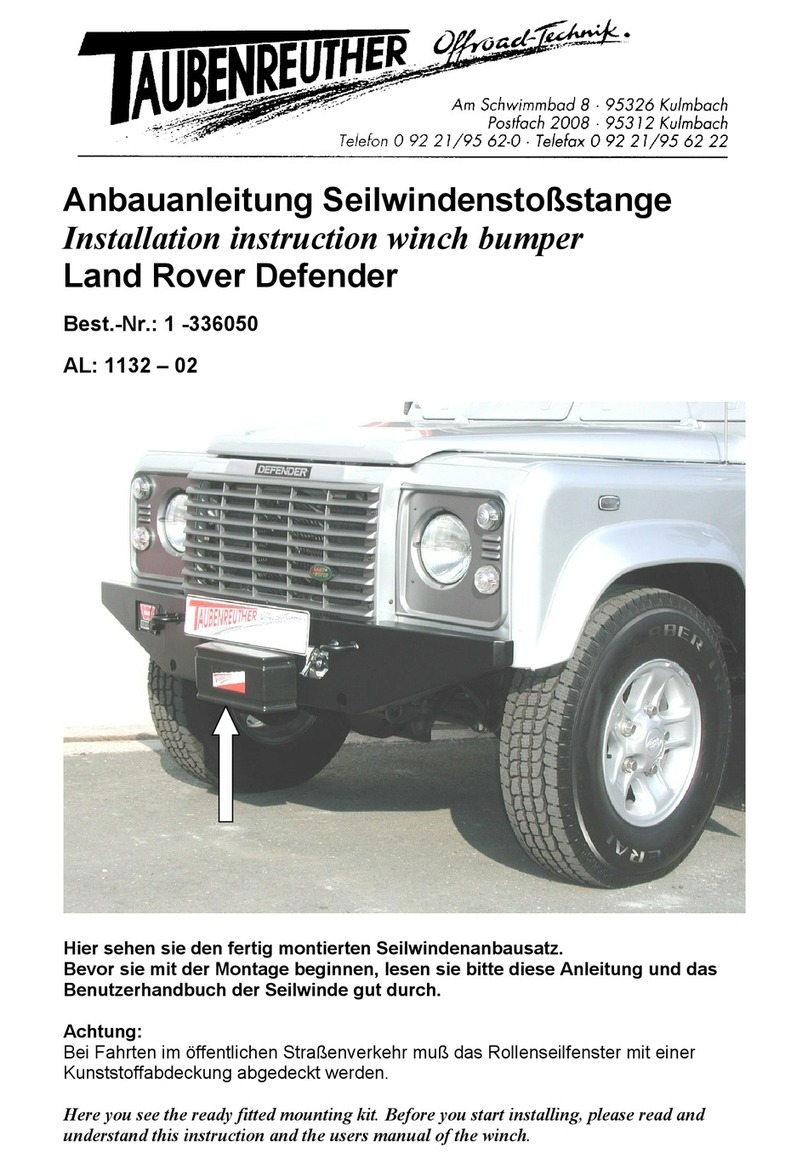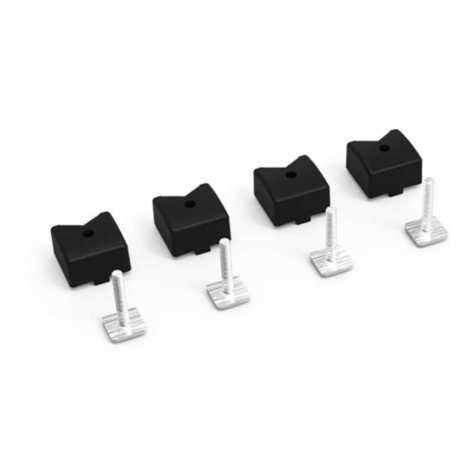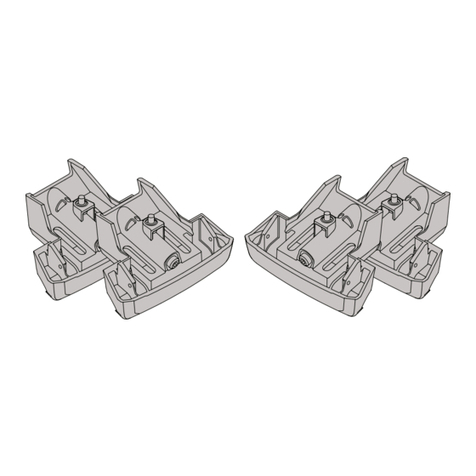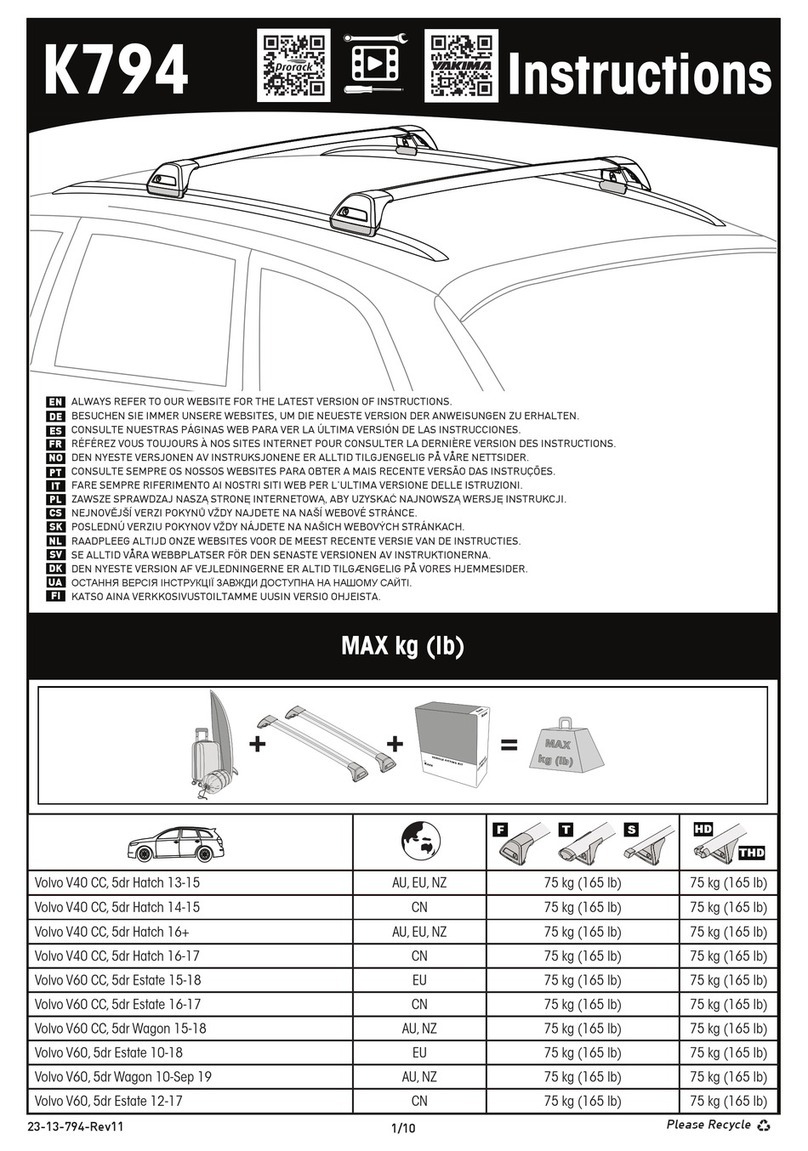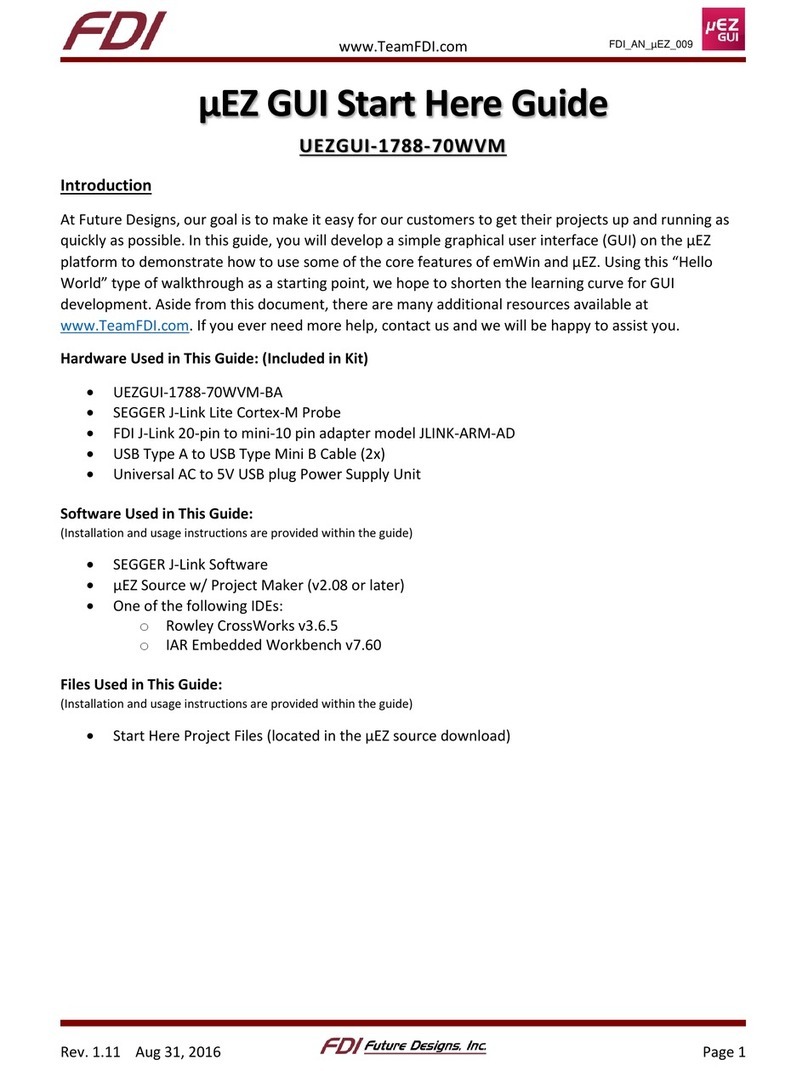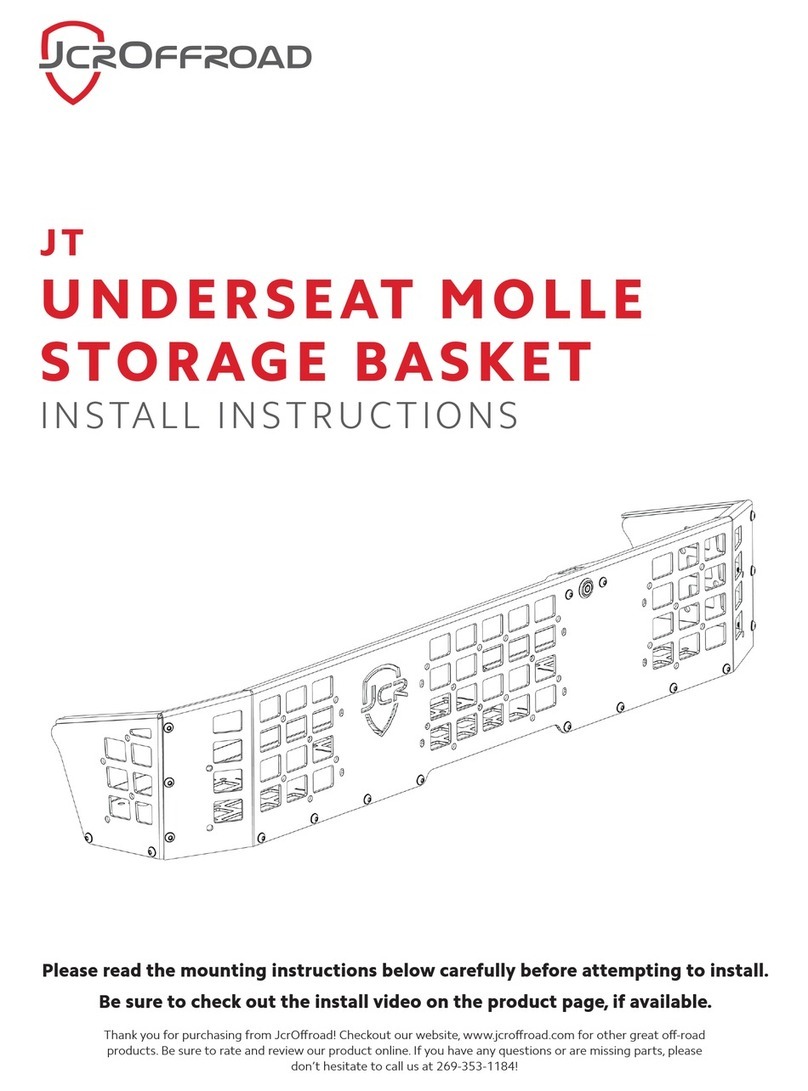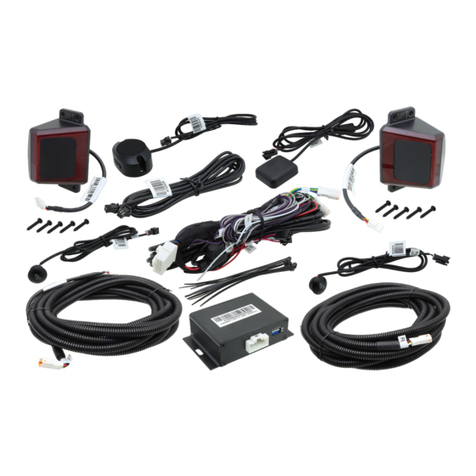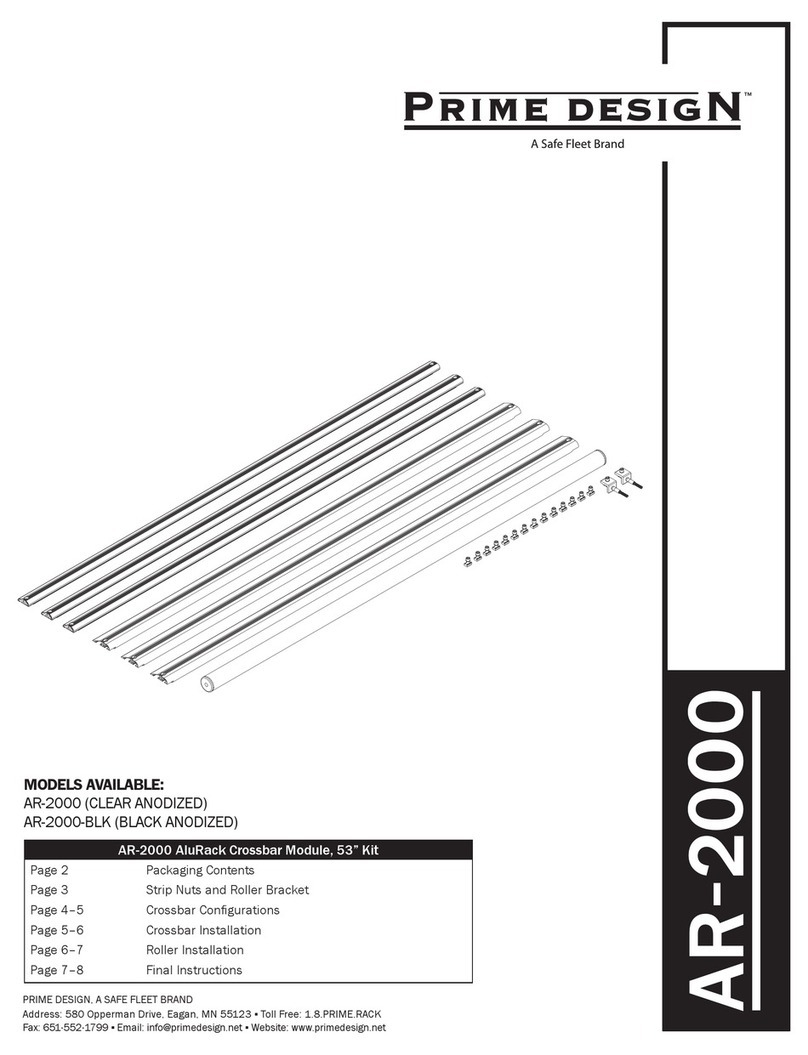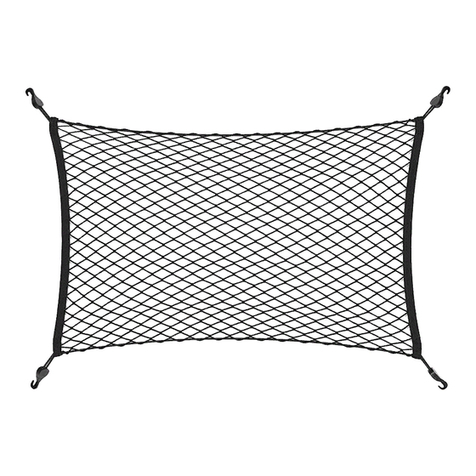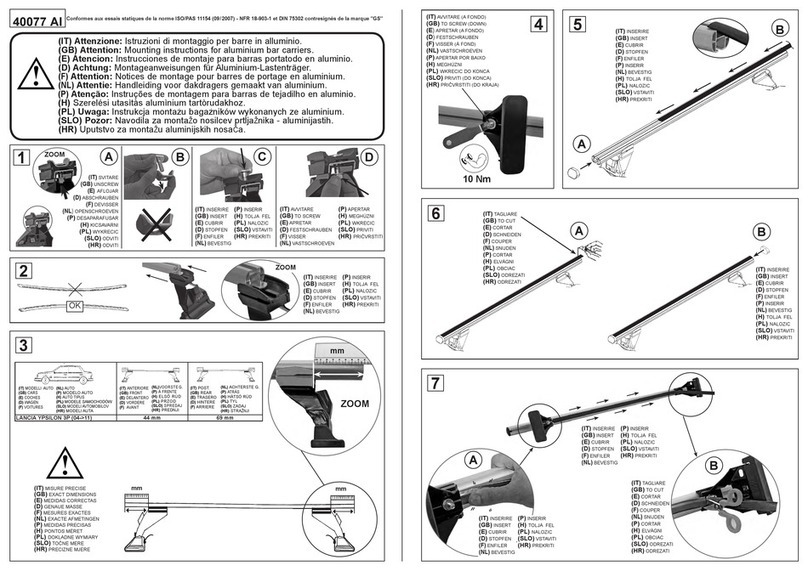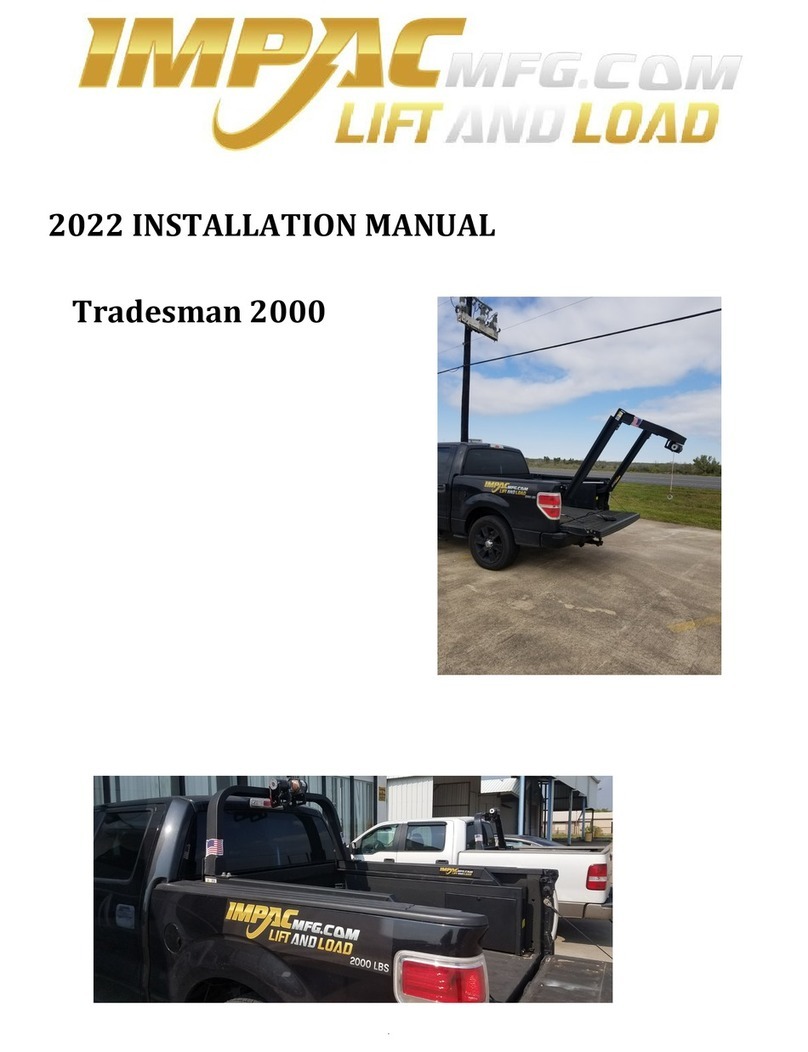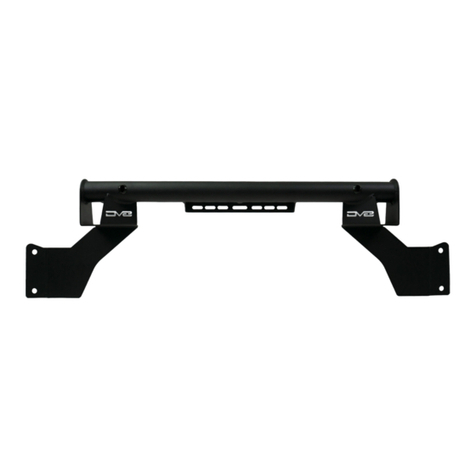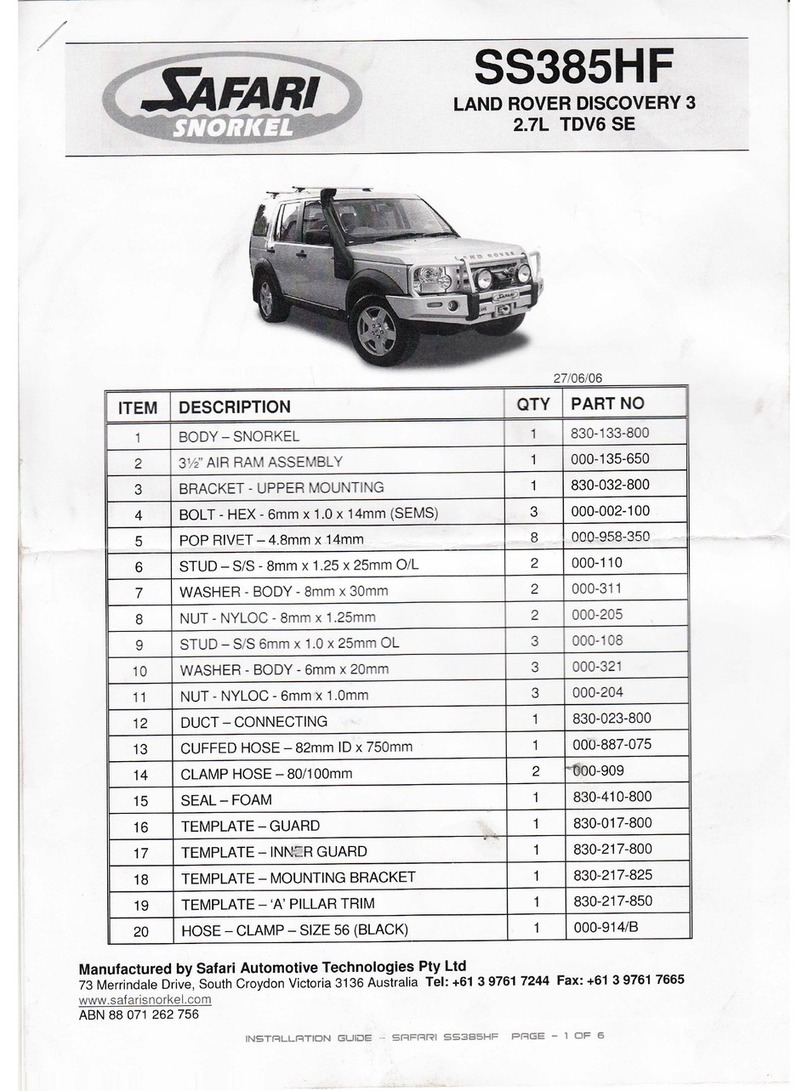
Instruction #28-13-336 Rev.3 - Page 10 of 13
Français
)5$1$,6 (63$2/
QUINCAILLERIE DE RAMPE LUMINEUSE. SELECCIONE LAS PIEZAS DE FIJACIÓN DE LA
BARRA DE LUCES.
CENTRER LES ÉQUERRES ET RÉGLER LES
PLAQUETTES FILETÉES.
POSER LES ÉQUERRES SUR LA RAMPE
LUMINEUSE. FIJE LOS SOPORTES ARMADOS A LA BARRA DE
LUCES.
CENTRER LA RAMPE ET RÉGLER LES
PLAQUETTES FILETÉES. CENTRE LA BARRA DE LUCES Y AJUSTE LAS
TUERCAS DE RANURADACON RESORTE.
POSITIONNER LES ÉQUERRES SUR LA
PLATEFORMEBARRE TRANSVERSALE.
POSICIONE LOS SOPORTES ARMADOS EN LA
PLATAFORMABARRA TRANSVERSAL.
RÉGLER LA RAMPE LUMINEUSE ET SERRER
LES VIS.
AJUSTE LA BARRA DE LUCES Y APRIETE LOS
TORNILLOS.
5 5
5
6 6
77
8
8
9
9
'«WHUPLQHUVLODUDPSHOXPLQHXVHXWLOLVHGHVYLV000RX0
/HVWURXVTXLVHFKHYDXFKHQWDFFHSWHQWWHOTXûLOOXVWU«GHJDXFKH¢
GURLWHOHVYLV00HW0
Des rondelles plates et élastiques sont fournies pour éviter
d’endommager les équerres.
'HWHUPLQHVLVXEDUUDGHOXFHVXWLOL]DWRUQLOORV000R0
8WLOLFHODVHULHGHRULˁLFLRVGHL]TXLHUGDDGHUHFKDSDUDORVWRUQLOORV
00\0FRPRVHLOXVWUD
Las arandelas planas y de cierre provistas son para evitar dañar los
soportes.
(IIHFWXHUOHVRS«UDWLRQV¢GHOûLQVWDOODWLRQGûXQHUDPSHOXPLQHXVH
puis positionner et centrer les équerres sur la plateforme ou la
barre transversale et se référant à l’opération 8 de l’installation
d’une rampe lumineuse. Centrer les équerres sur la plateforme ou
la barre en mesurant qu’elle est à égale distance des coins de la
SODWHIRUPHRXGHVERXWVGHODEDUUH5«JOHUOHVSODTXHWWHVˁLOHW«HV
dans la rainure pour qu’elles s’alignent avec les fentes des équerres
primaires. On peut utiliser la clé Torx pour déplacer les plaquettes
dans la rainure.
Poser les deux équerres assemblées sur la rampe à l’aide des vis
fournies avec la rampe. Les rondelles appropriées sont incluses avec
la présente trousse.
1HVHUUHUOHVYLVTXû¢ODPDLQSRXUOHPRPHQWSRXUSHUPHWWUHGH
régler la rampe une fois qu’elle sera installée.
REMARQUE :GDQVFHWH[HPSOHRQDLOOXVWU«ODTXLQFDLOOHULH0
Fije los 2 soportes armados a la barra de luces utilizando los tornillos
SURYLVWRVFRQGLFKDEDUUD(OVRSRUWH/LJKWHQ8S/LJKW%UDFNHWYLHQH
con las arandelas de tamaño adecuado.
Apriete los tornillos con los dedos para permitir que la barra de luces
se pueda ajustar una vez montada.
NOTA:(QHVWHHMHPSORVHLOXVWUDQODVSLH]DVGHˁLMDFLµQ0SDUDOD
barra de luces.
Positionner et centrer la rampe lumineuse et ses équerres sur la
plateforme ou la barre en mesurant qu’elle est à égale distance des
coins de la plateforme ou des bouts de la barre. Régler les plaquettes
ˁLOHW«HVGDQVODUDLQXUHSRXUTXûHOOHVVûDOLJQHQWDYHFOHVIHQWHVGHV
équerres primaires. On peut utiliser la clé Torx pour déplacer les
plaquettes dans la rainure.
REMARQUE : s’assurer que la position de la ou des rampes
lumineuses respecte la réglementation locale pertinente.
Posicione y centre la barra de luces armada con los soportes en
ODSODWDIRUPDREDUUDWUDQVYHUVDODVHJXU£QGRVHGHTXHTXHGHOD
misma distancia a las esquinas de la plataforma o a los extremos de
ODEDUUDWUDQVYHUVDOFRPRVHLOXVWUDHQODˁLJXUD$MXVWHODVWXHUFDV
ranuradas/con resorte en el canal para que queden alineadas con las
aberturas de las bases de soporte. Se puede utilizar la llave Torx para
facilitar el deslizamiento de las tuercas dentro del canal.
NOTA:$VHJ¼UHVHGHTXHODSRVLFLµQGHODEDUUDGHOXFHVRGHODV
EDUUDVGHOXFHVP¼OWLSOHVFXPSODFRQODOHJLVODFLµQGHO(VWDGR
correspondiente.
REMARQUE :ODˁLJXUHPRQWUHODFRQˁLJXUDWLRQ«TXHUUHSULPDLUH
YHUVOHEDVHW«TXHUUHVHFRQGDLUHYHUVOHEDVXQHFRQˁLJXUDWLRQTXL
convient bien pour installer des projecteurs.
6LOû«TXHUUHSULPDLUHSRLQWHYHUVOHEDVLOIDXWODSRXVVHUOHSOXV
YHUVOûDUULªUHSRVVLEOHSRXUTXûHOOHVûDSSXLHFRQWUHOHGHYDQWGHOD
plateforme/barre transversale tel qu’illustré.
6LOû«TXHUUHSULPDLUHSRLQWHYHUVOHKDXWVDIDFHDYDQWGRLW¬WUH
alignée avec l’avant de la plateforme/barre transversale tel
qu’illustré.
&XDQGRODEDVHGHVRSRUWHTXHGDLQVWDODGDKDFLDDEDMRVHODGHEH
HPSXMDUORP£VDWU£VSRVLEOHGHPRGRTXHTXHGHDUDVGHODSDUWH
GHODQWHUDGHODSODWDIRUPDEDUUDWUDQVYHUVDOFRPRVHLOXVWUDHQOD
ˁLJXUD
&XDQGRODEDVHGHVRSRUWHTXHGDLQVWDODGDKDFLDDUULEDODFDUD
delantera debe quedar alineada con el borde delantero de la
SODWDIRUPDEDUUDWUDQVYHUVDOFRPRVHLOXVWUDHQODˁLJXUD
Régler la rampe à l’angle voulu puis serrer ses vis selon les
instructions du fabricant. Tester le montage et resserrer au besoin.
Il faut vériier le serrage des vis régulièrement pour éviter que
l’installation ne bouge et favoriser la sécurité.
Le câblage doit être ixé selon les instructions du fabricant de la
rampe lumineuse. Ajuste la barra de luces con el ángulo preferido y luego apriete las
SLH]DVGHˁLMDFLµQGHGLFKDEDUUDGHDFXHUGRFRQODVLQVWUXFFLRQHVGHO
fabricante. Pruebe la instalación y vuelva a apretarla si es necesario.
Asegúrese de veriicar y apretar todos los tornillos con regularidad
para garantizar un mínimo de vibraciones y una máxima seguridad.
Asegúrese de que todo el cableado quede ijado de acuerdo con las
instrucciones del fabricante de la barra de luces.
Fixer l’ensemble rampe
lumineuse/équerres aux
SODTXHWWHVˁLOHW«HV¢OûDLGHGH
GHX[YLV¢W¬WHURQGH0[
PPGHGHX[URQGHOOHV«ODVWLTXHV
M6 et de deux rondelles M6 x 18
PPWHOTXûLOOXVWU«SDU«TXHUUH
6HUUHUOHVYLV¢1PDYHFODFO«
Torx fournie.
Fije la barra de luces armada
con los soportes a las tuercas
ranuradas utilizando dos
WRUQLOORV0[PPGRV
arandelas de cierre M6 y dos
arandelas M6 x 18 mm en cada
VRSRUWHDUPDGRFRPRVHLOXVWUD
8WLOLFHODOODYH7RU[SURYLVWDSDUD
apretar todos los tornillos con
XQDIXHU]DGH1P
Fixer l’ensemble rampe
lumineuse/équerres aux
SODTXHWWHVˁLOHW«HV¢UHVVRUW
¢OûDLGHGHGHX[YLV¢W¬WH
URQGH0[PPGHGHX[
rondelles élastiques M6 et de
GHX[URQGHOOHV0[PPWHO
TXûLOOXVWU«SDU«TXHUUH6HUUHU
OHVYLV¢1PDYHFODFO«7RU[
fournie.
Fije la barra de luces armada
con los soportes a las tuercas
con resorte que se encuentran
en el canal utilizando dos
WRUQLOORV0[PPGRV
arandelas de cierre M6 y dos
arandelas M6 x 18 mm en
FDGDVRSRUWHDUPDGRFRPR
VHLOXVWUD8WLOLFHODOODYH7RU[
provista para apretar todos
los tornillos con una fuerza de
1P
),;(5/$5$03(
/80,1(86(
/$3/$7()250(
/2&.1/2$'(7/$
%$55(+' ),-(/$%$55$
'(/8&(6$/$
3/$7$)250$
/2&.1/2$'<$/$
%$55$+'
),;(5/$5$03(
/80,1(86(
/$%$55(
/2&.1/2$' ),-(/$%$55$'(
/8&(6$/$%$55$
/2&.1/2$'
8a
8a
8b
8b
INSTALLATION DE PROJECTEURS
